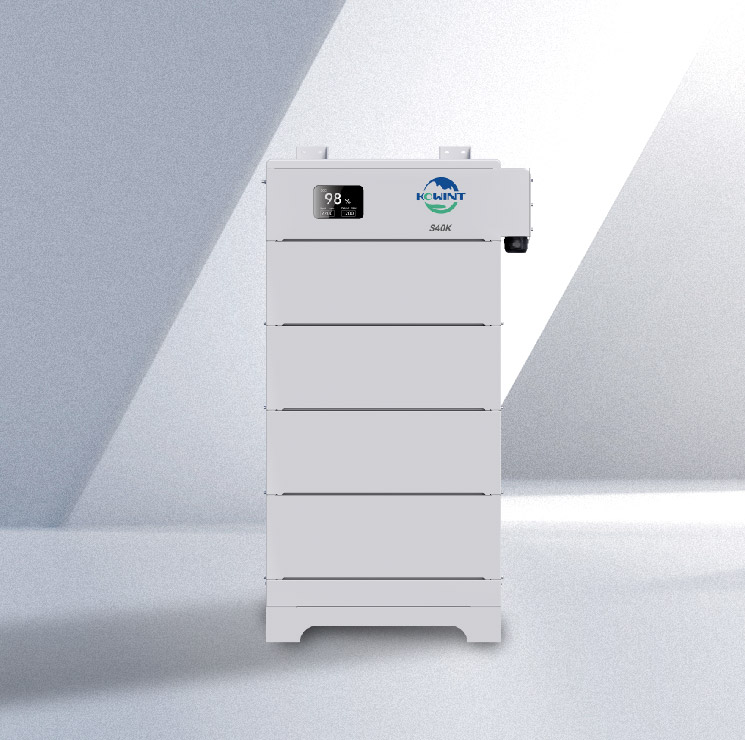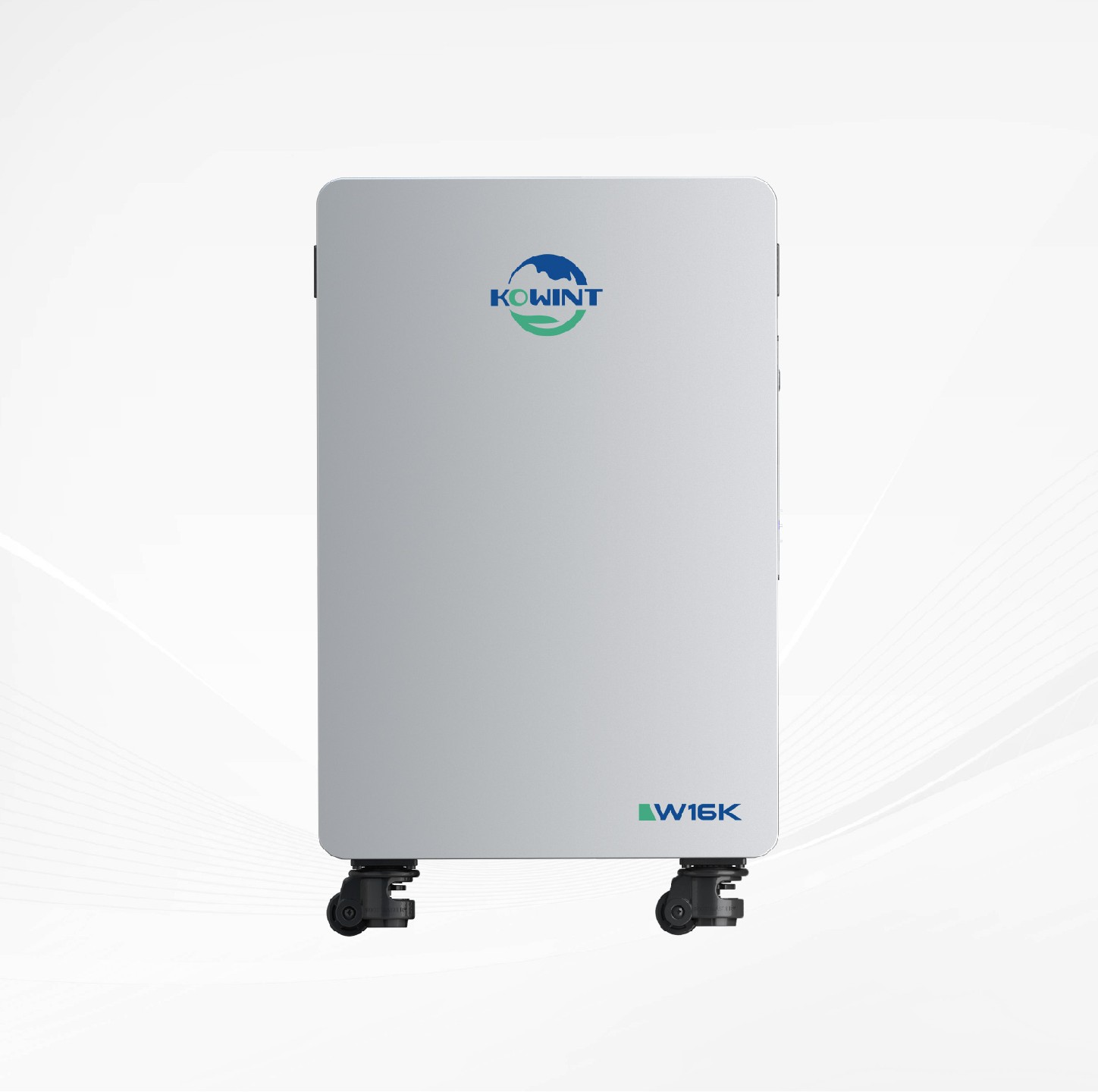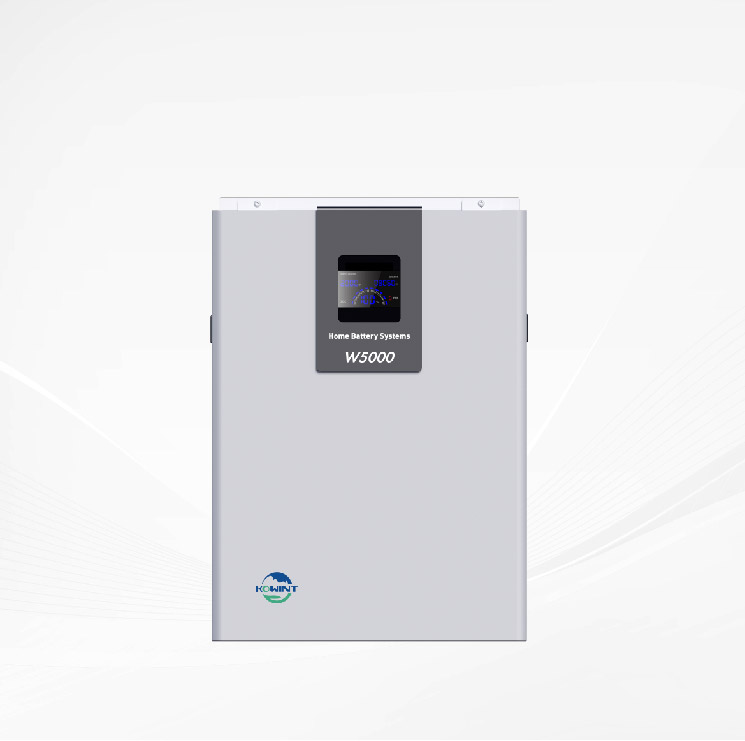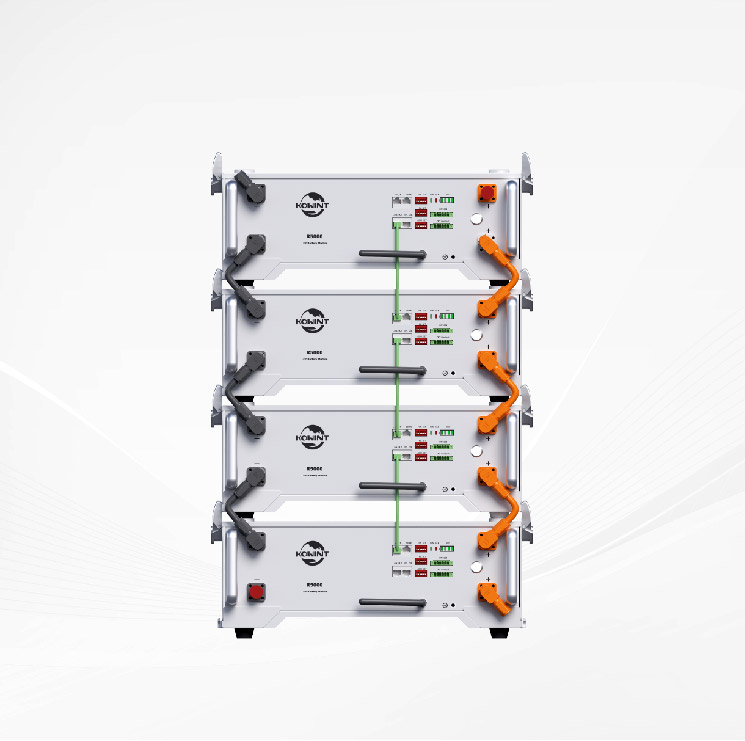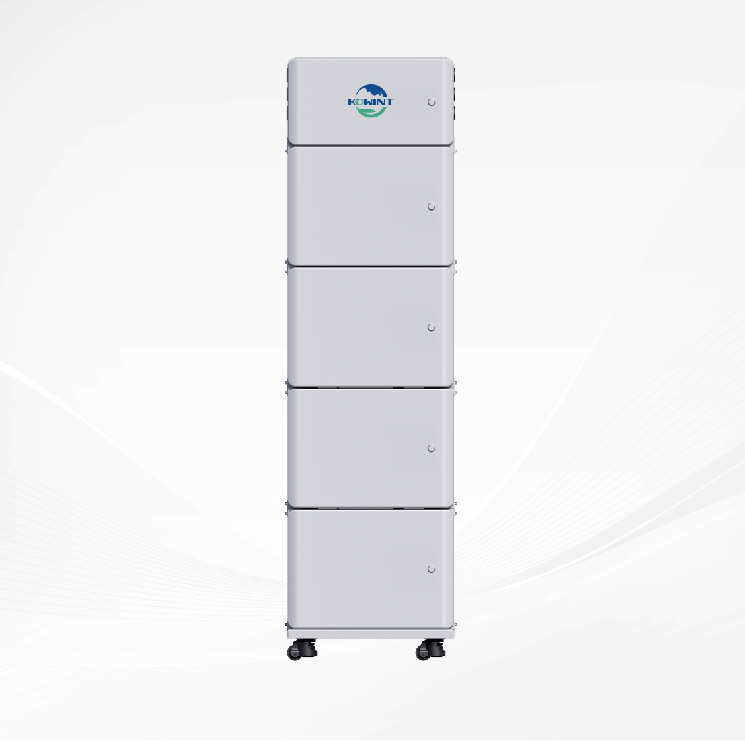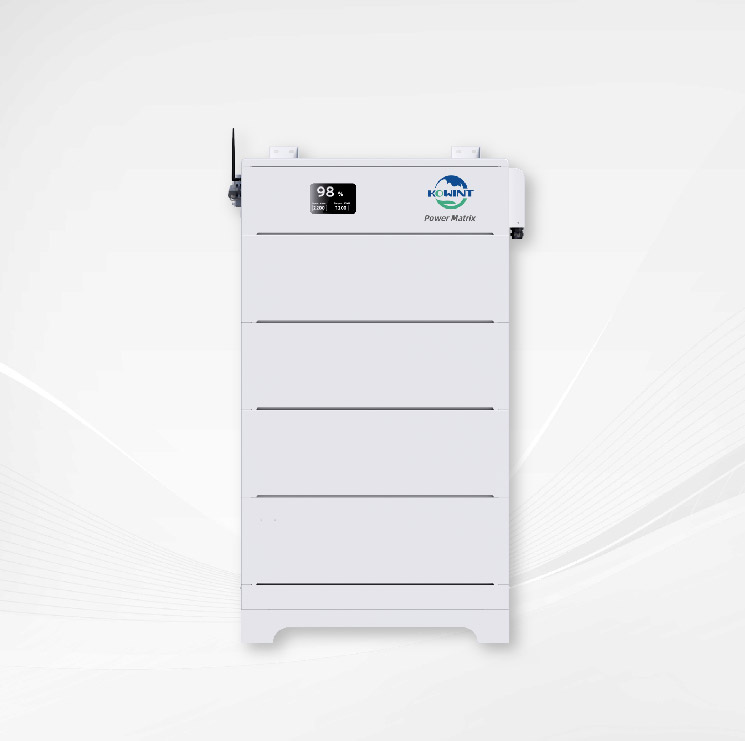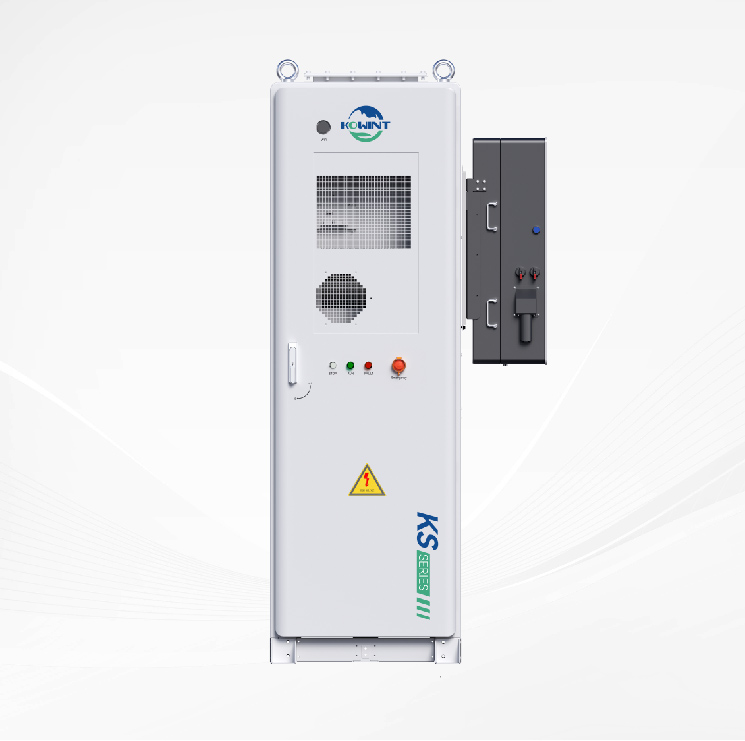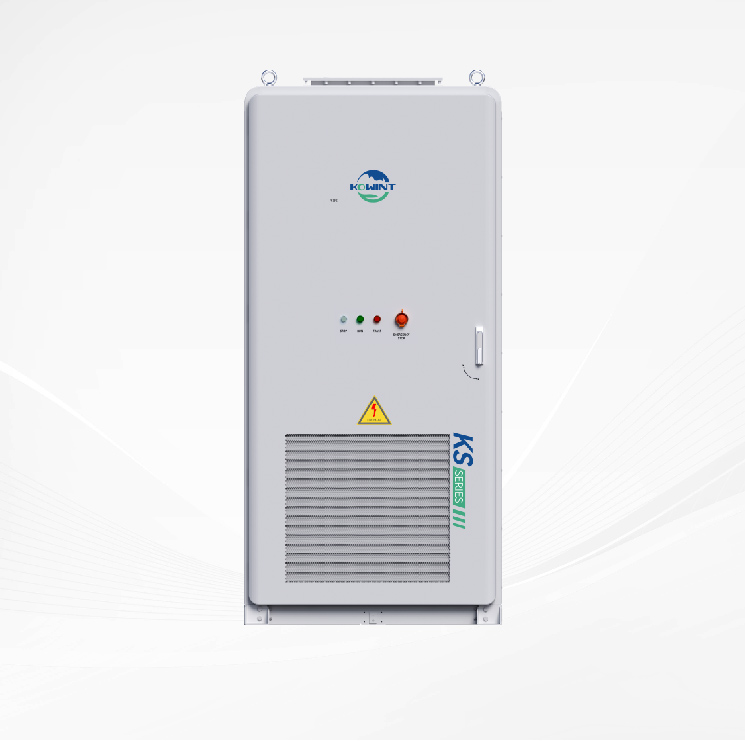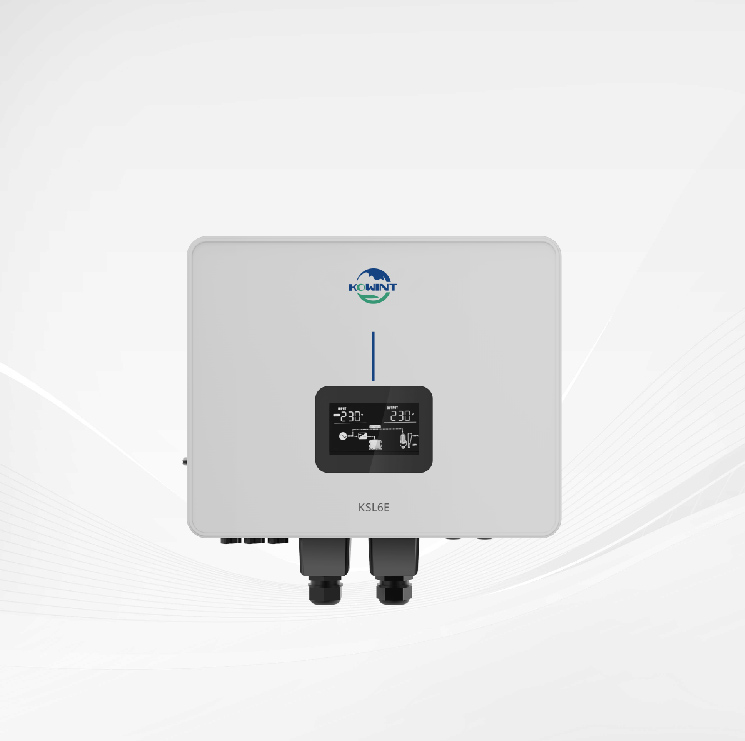Solar panel battery cost in 2023
There's a good reason why solar energy is becoming more and more common among households. In addition to potentially saving you a lot of money over time, its renewable nature makes it the ideal eco-friendly option for power generating. However, the initial cost is a barrier for some.
The price of solar panels has dropped steadily as more people switch to using solar energy, but what about solar batteries? Off-grid solar power solutions cannot function without solar batteries.
Kowint is only one of many companies whose module, lithium battery, and Energy storage series all feature solar batteries.
A solar battery is an essential component of any do-it-yourself off-grid solar power system.
Let's get down to brass tacks discussing solar battery prices and the variables that will affect your final solar energy storage cost right now.

What is a solar battery?
If your home generates more energy than you need during the day, you may use a solar battery to store the excess energy for use after the sun goes down.
Even if you install solar panels and a solar battery, you still won't be able to go fully off the grid.
However, you will dramatically reduce your reliance on the grid, with the typical home saving 73% on grid electricity.
The average daily electricity use of a US residence is 30 kilowatt hours (kWh), while a 4 kW system will normally create 22 kWh.
The drawback is the high initial investment and the lengthy payback period.
How solar batteries work?
Solar batteries are used to store the excess energy produced by solar panels and used later on when more power is needed.
You see, solar panels generate the most electricity in the middle of the day, when your house uses the least amount of power. Excess solar power generated by a normal grid-tied solar system is returned to the utility grid.
When solar panels are connected to a house battery, however, the extra power is stored there rather being sent out to the grid. Then, instead of paying the utility company for power when the sun goes down, you can use the energy that has been stored in your battery.
The clean, renewable energy generated by your solar panels can be used to power your home at any time of day.

In 2023, how much will solar battery storage cost?
The price of installing a solar battery ranges from several hundred dollars to well over fifteen thousand dollars.
Costing between $7,000 and $15,000, lithium-ion batteries are typically combined with residential grid-tied solar panels. Small lead-acid batteries can be purchased for as little as $200; however, they are not suitable for residential usage and are more commonly utilized as a backup power source in recreational vehicles.
How much do popular solar batteries cost in 2023?
It's conditional. We've established that elements like storage area, resale value, and labor costs contribute to the overall price. The total cost of installation is reduced when solar panels and batteries are installed at the same time. See how different solar battery brands stack up before rebates in the following table.

Solar Battery cost break down
Capacity, battery type, and installation time are the three main contributors to the final price of a solar battery system. The cost of installing a solar battery system can be estimated using the following details.
-Capacity
Most solar battery systems cost between $400 and $750 per kilowatt-hour (kWh), with the price mostly depending on your system's capacity. A typical solar battery system will cost between $4,500 and $7,500, not including installation, given that their average capacity is around 10 kWh. Individual batteries for use in very modest partial solar battery systems or larger systems for residences requiring more than the average capacity are both available for purchase.
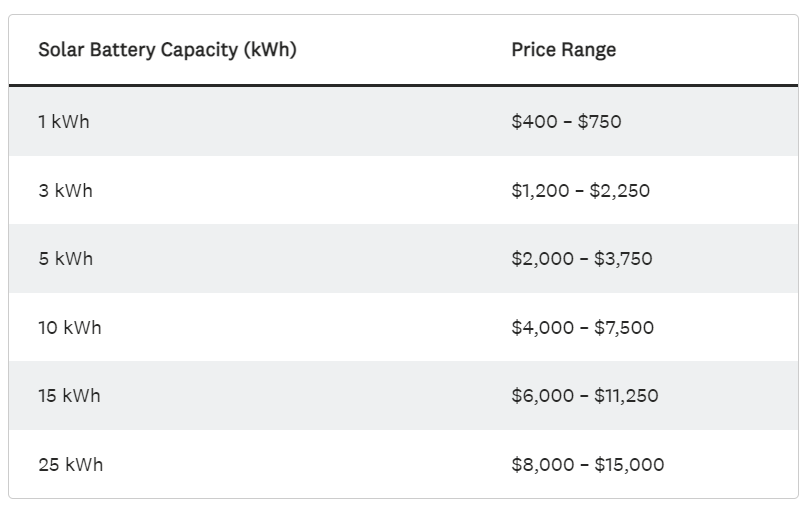
-Type
Your system price can vary by as much as $15,000 depending on the solar battery you choose. Lead-acid, lithium-ion, and lithium-iron-phosphate batteries are the most popular types used in solar battery systems.
Each type of battery used in a whole-house battery system is described below.
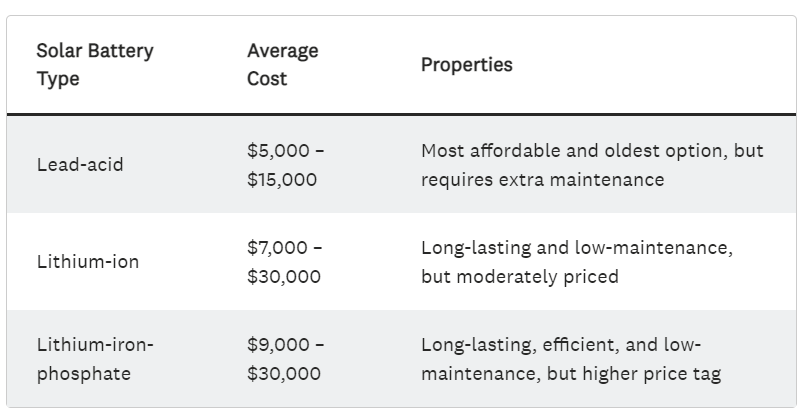
-Labor
On average, the cost of a solar battery system is between $4,000 and $7,500, with installation adding another $2,000 to $3,500. Smaller systems might need less time and so cost less in labor, whereas larger systems might cost more.
Factors that impact solar battery cost
-Solar battery manufacturer
The services and production method used by the brand affect the final cost. The price of the battery will increase in correlation with the increase in the brand's manufacturing costs. If you buy a solar battery at the same time as a new solar system from some installers, you can save money.
-Battery chemistry
For the most part, lithium-ion is used in solar batteries. Lead-acid batteries are readily available and often less expensive, but they have a lower energy density and a shorter lifespan than lithium-ion batteries.
-Number of batteries installed
The cost increases as a function of the number of battery modules installed. The quantity of batteries required is proportional to the home's energy storage capacity and the amount of energy that must be stored. You can add more later if you like, but the initial expense of installation could make the second one more expensive.
-Backup load panel
Most homes' electrical needs cannot be met solely by solar batteries.
Lights and refrigeration will continue to function normally, but if you want to run a large appliance like an air conditioner during an outage or while you're not connected to the grid, you'll need to install additional batteries.
Due to the limitations of batteries, a sub-panel may be required to ensure that just the most essential appliances in your home continue to function in the event of a power loss. A critical load panel or backup load panel will increase the total cost of installation by $1,000 to $2,000.
-Labor costs
The cost of a home solar battery installation is also affected by the amount of labor necessary to build your battery system.
If the battery is installed at the same time as the solar panels, it may be possible to save money on labor expenses due to the consolidation of all electrical work and permission processes for both systems.
However, if the battery is being added to an already-existing solar panel system, additional labor costs may be incurred due to the need to seek new permits, complete more incentive forms, and do any necessary electrical work to connect the battery to the existing solar panels.
-Incentives and rebates
Solar battery subsidies in your area might also have an impact on the final price tag.
Almost a fifth of the cost of installing a battery might be covered through the Solar Grid Storage Incentive Program (SGIP) in California. Solar battery rebate and tax credit programs are available in other states as well, such as Oregon.
Further, even if the battery isn't linked to solar panels, if you qualify for the federal solar tax credit, you can save an additional 30% on the cost of installation.
-Power capacity
The potential energy of a battery is its ability to store energy. In general, the cost rises as the power output rises. A larger battery capacity is what you need if you want to run more of your most crucial electronics during a blackout.
-Inverters
Some solar battery versions may not have an inverter, but others do. The cost of your system will increase if you decide to include standalone inverters.
-Retrofit vs. new solar and storage
A lot of electrical work and your installer's time is needed for an energy storage installation. Since all the electrical work can be done at once and your installer won't have to make any extra visits, you'll save time and money if you have storage installed at the same your solar panels are installed.
-Power output
The power output of a battery specifies the maximum continuous power in kilowatts (kW) it can supply. The greater the power output, the more electronics and appliances may be powered simultaneously.
In order to deal with the initial surge required by most major appliances, a battery's peak power must be high enough for only a brief period of time.
The battery's ability to consistently supply its maximum continuous power rating.
-Round-trip efficiency
The percentage of energy stored in a battery that can be recovered at a later time is known as its "round-trip efficiency." Less energy is wasted during storage and transfer if the battery has a high round-trip efficiency.
-Depth of Discharge (DoD)
A battery's Depth of Discharge is the maximum percentage it may be depleted down to before it needs to be recharged. Try to find a battery that has a DoD of 90% or higher.
-AC vs. DC batteries
Although more expensive, alternating current (AC) batteries are compatible with any solar panel setup, may be retrofitted into an existing solar panel setup with no effort, and can be charged either by solar panels or the power grid. However, the efficiency of AC systems is lower.
Although DC batteries are cheaper and more efficient overall, they are more difficult to install and therefore more expensive overall.
-The Quality of the Batteries
Costs associated with energy storage include initial investment as well as ongoing upkeep. The battery's expected lifespan must also be taken into account. An inexpensive solar battery that fails after a few years may cost more than ten times as much as one that costs twice as much but lasts twice as long.
Additional costs to consider
A solar battery system's price tag isn't always easy to pin down, just like that of many other household systems. When estimating how much money you'll need for a solar battery, it's important to factor in potential additional expenses like repairs, replacement parts, electrical wiring, and more.
-Maintenance
On average, you should expect to pay between $150 and $300 to have a local solar firm test and repair your battery system. Regular upkeep of solar batteries increases their service life. Checking, rotating, and cleaning the batteries and their terminals are all part of routine maintenance.
-Repairs
The protected storage container that many fully integrated solar battery systems come in is handy and unobtrusive, but it can be difficult to fix if it fails. If you want to keep your warranty intact on your solar battery system, you may also need to get in touch with a professional through the firm you bought it from.
-Replacement
A solar battery's replacement cost is proportional to its storage capacity. The expense of the battery and any labor to have a professional install it will typically fall on you. You don't need an expert to change out some of the smaller batteries.
It's worth noting that if you've used multiple solar batteries in your system rather than a single large one, the total cost might be much cheaper. However, most solar batteries only last between 10 and 15 years, so it may be more cost-effective to replace the complete system rather than just the batteries when it comes time to replace them. It may be more cost-effective to replace just the problematic, low-capacity battery rather than the entire system if there is only one of them.
Many solar battery systems are adaptable, allowing you to swap out worn-out cells for fresh ones with no hassle. It's best to keep your system's battery types separate, just like with regular batteries. If you normally use lithium-ion batteries with a one-amp-hour capacity, for instance, you shouldn't swap out a dead battery for a lead-acid battery of a different capacity.
-Electrical wiring
Rewiring your home to accommodate a solar battery system might cost you anywhere from $6 to $10 per square foot, depending on where in your home you need to make the changes. The average cost for a small rewiring job is $1,500. A solar battery that is close to your home's electrical panel array will be less of a hassle for your electricians to set up, while a solar battery located further from your home's electrical panel array may end up costing you more.
-Inverter
An inverter can add another $1,500 to the cost of a solar battery system that stores DC energy but doesn't have one built in. In order for your household appliances to function, most solar batteries will require an inverter to transform the DC electricity stored within them into AC electricity.
-Critical load panel
On average, you should expect to pay between $1,000 and $2,000 for a critical or backup load panel. If you have medical or technological equipment that must remain operational during a power outage, this panel could save your life.
-Solar Tax Credit
While the initial investment in a solar energy system might be enough to deter you, a recently enacted tax credit might help you save a significant amount of money. Solar battery systems and solar panels qualify for a 30% tax credit under the 2022 Inflation Reduction Act. A typical solar battery setup may cost closer to $7,000.
After 2032, the credit will be reduced to 26%, then to 22% in 2034, and finally to 0% in 2035.
Cost to install solar batteries yourself
The average cost of the components for a solar battery system that you install yourself is $4,000. However, it is recommended that only trained professionals install a solar battery system. If you need to rewire your home or make any other alterations to your electrical wiring, a professional installation is recommended for a whole-house solar battery system.
-Cost to install it yourself vs. Hiring a contractor
You can add $2,000 to $3,500 to the cost of the solar battery system for the labor of hiring a local solar contractor to install it. Having the system installed by a qualified expert is the only way to guarantee its security and functionality. Your expert will be able to recommend the best batteries for your home, as well as the best place to install the system.
Cost of Common Solar Battery Add-Ons
The battery system requires electricity, which can be generated by solar panels or solar shingles if you don't already have them. Both work with solar batteries, although solar panels are much more popular.
l Price range for solar panels is between $18,000 -- $34,400.
l The price range for solar shingles is $35,000-- $75,000.
The Ways to Cut Costs on a Solar Energy Battery System
Solar battery storage systems are, without a doubt, pricey. Consequently, you should look for means to cut costs. Some suggestions for reducing the cost of solar batteries are provided below.
Combine the use of solar panels and solar batteries to: If solar panels and solar batteries can be installed together, rather than separately, the total cost of the installation could be reduced.
Claim your solar energy tax credit today! Make use of this tax credit to reduce the price of your solar battery system by 30% when filing your taxes.
Explore coupon programs in your area. In order to find out about solar incentives in your area, you need contact your state and local governments as well as your utility providers.
Do it yourself installation. If you have experience working with solar systems, you can save money by installing the system yourself and paying solely for the battery system.
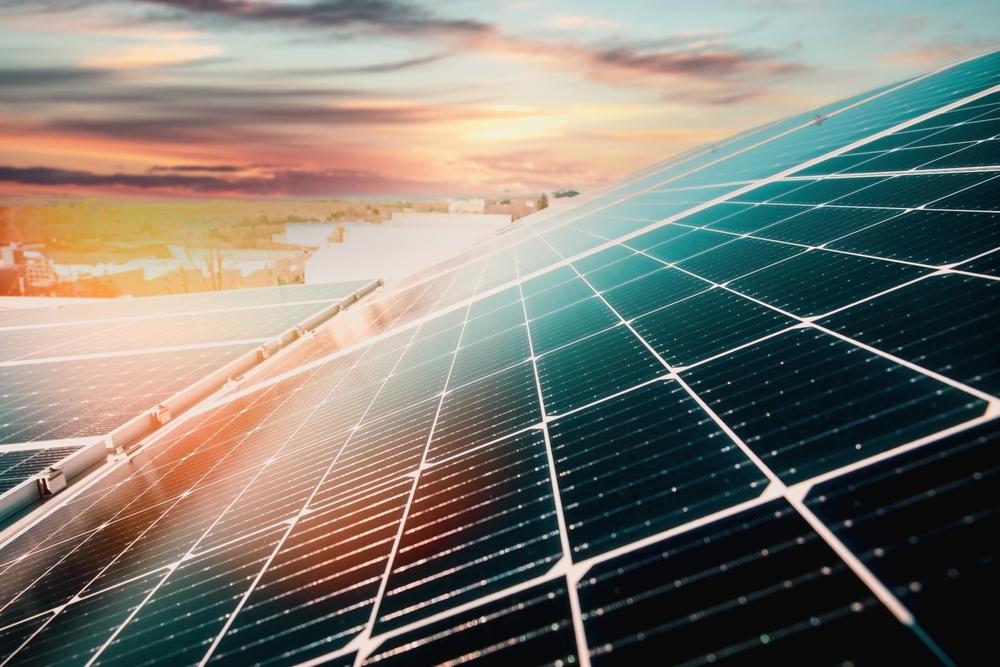
Are Solar Batteries Worth It?
However, not everyone needs or wants solar batteries, even if they may store the energy your panels produce in excess. Consider investing in solar batteries if...
l Use a battery backup system for your essential medical devices.
l Stay in a place where blackouts are common.
l If you work from home, you need constant access to technology and the internet, come rain or shine.
l Having a zero-energy house is a great way to save money on utility bills and help the environment.
l Disable any net metering features.
l Get off the grid and rely solely on emergency supplies.
Not all states have the same net metering policies, and some don't offer a mandated net metering program at all, but net metering programs allow you to offset your power bills. Georgia, Mississippi, Idaho, and Texas are just a few examples of states that offer fewer net metering incentives. Find state and municipal incentives by visiting DSIRE (Database of State Incentives for Renewables and Energy Efficiency).
-Cost savings
Depending on the size of your solar power system, a battery system for your home might save you up to $1,100 year in energy costs. A solar battery of conventional size will set you back about $10,000. This can be reduced to roughly $7,000 after applying for the solar tax credit. This implies it will take anything from six to ten years before you break even on the cost of your solar battery installation.
In addition to the 30% federal tax credit, you may be eligible for additional rebates and incentives from your state or municipality, such as a stronger net metering program that could shorten the time it takes to recoup the cost of your system to as little as five years. To learn more about local electricity rates and rebates, contact your utility and government.
Solar energy is a perfect match for solar batteries.
The value of solar panels can be maximized through the installation of a solar battery storage system.
Batteries not only provide reliable backup power but also boost your energy independence and, in some situations, reduce your electric bill by allowing you to draw electricity directly from the battery rather than the grid.
The cost of solar battery installations is something to consider. If your utility company offers net metering, a solar battery installation may not be in your best financial interest. However, having a battery backup to store energy for when you need it is advantageous if you live in an area that sees widespread blackouts, such as those in California and Texas, or in a location with Time-of-Use (TOU) utility prices.
The good news is that solar battery technology keeps getting cheaper, and soon enough solar batteries will be standard equipment for all solar energy systems.
Get quotes from many reputed battery storage installers if you want the best quality installation at the most affordable price when you pair your solar panels with storage.


 Residential Energy Storage System
Residential Energy Storage System Commercial & Industrial BESS
Commercial & Industrial BESS Residential inverter
Residential inverter